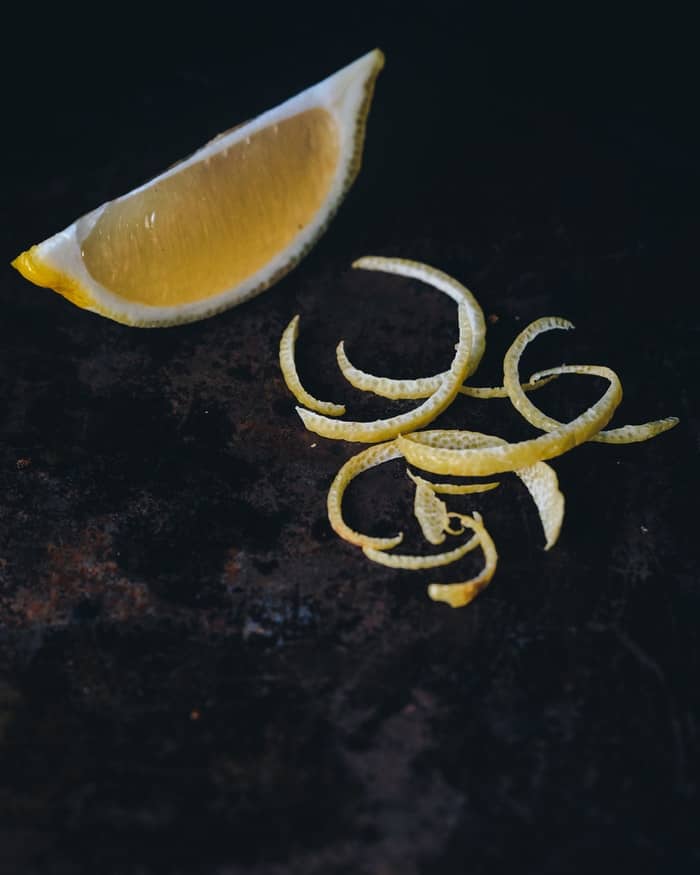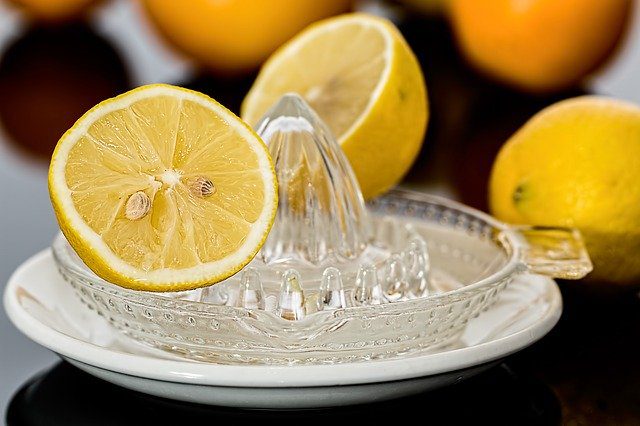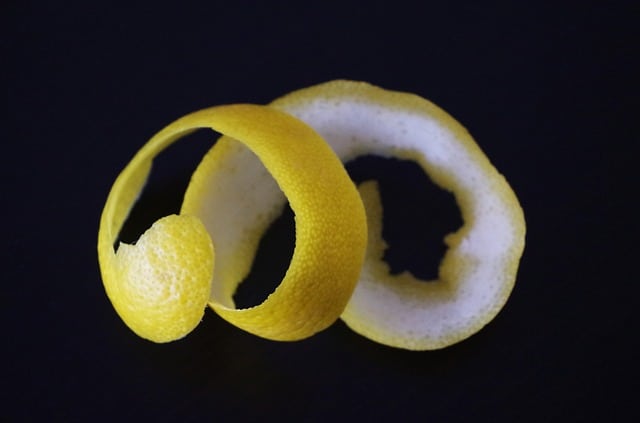Surely you must have seen your favorite chefs grating a bit of a whole lemon into a dish, for the added flavor they’d say, and you’d make a mental note of trying it out the next time you cook or bake something. The lemon zest might not be part of the Indian culinary practice for a long time, but it’s surely picking up. Having said that, don’t forget that you may not be a stranger to the zest, after all, if you’ve eaten lemon pickle, you’ve eaten zest.
Gradually gaining fame all over the world, lemon zest has now become an essential part of many Indian kitchens. But what do you do when you need it and you’ve run out of lemons? Simple, use a Lemon zest substitute; there are some you can choose from. Let’s find out, shall we?
Table of Contents
What Is Zest?
You can get zest from the skin of any citrus fruit, be it an orange or a lemon. Used as a seasoning it can literally boost the flavor of your dish. Zest is basically the colored part of a peel or the rind of the fruit. You grate it off the skin to use it as a seasoning or even an ingredient. It’s fairly easy to make at home if you have a zester, a grater, or even a regular peeler.
How To Make Lemon Zest At Home
Let’s say you prefer to make your zest at home, but how do you go about it? It’s really quite easy. Let’s get started.

Microplane
A Microplane might not be a common sight in an Indian household. But this is one handy tool to have if you plan to do a lot of zesting. Its design inspired by a rasp used by traditional carpenters, but in effect, it’s a grater. The big advantage of having a Microplane at home is that it grates very close to the skin and gives you all the zest you’d need without having to deal with the bitterness of the white section of the peel. Grate the lemon along the surface of the microplane, rotating it at the same time for the best results.
Rind On The Box Grater
A traditional box grater too can get your zesting job done. Now you might need to be a little careful with this one because you need to use the finest side of the grater for zesting. If you try to grate your lemon on the wider blades, you’ll end up with the white pith of the lemon which is really bitter and unusable. Also remember, box graters are more suited for grating vegetables and even cheese and its blades are nothing compared to that of a microplane, but it will do if you don’t have a choice.
Also Read: 12 Tremendous Benefits Of Lemon Water
The Good Old Peeler
If you’re planning to make thin strips of zest, use a vegetable peeler on the ride. These strips are ideally used to garnish cocktails or chopped up into tiny bits for baking. If you’re planning to make some candied lemon zest, the peeler is your go-to tool.
Also Read: Best Potato Peelers And Scrapers For Your Kitchen
Under The Paring Knife
Okay, time to show off your skills; this one is not for beginners at all. Paring knives are the small knives that are used more for peeling and chopping vegetables. Their blades are sharp and you can use it to get zest from a lemon. But it needs practice. It’s not just about the technique but also about balancing the fruit against the blade. A few DIY videos might come handy. But we wouldn’t recommend using a paring knife on the peel of a fruit unless you are an expert with knives.
Can you store lemon zest?
Yes, lemon zest is good for storing for a limited duration. Just make sure you store it in an airtight container and put it away in your refrigerator. But like all things, it will lose its freshness over time. So don’t make too much.
What Kind Of Lemon Squeezer Should You Buy? – Mishry Reviews

Lemon zest substitute
So what do you do when you desperately need zest but have run out of lemons or don’t have the time to actually sit with a peeler or zester? Use a Lemon zest substitute of course. There are ways to replace zest and they’re all easy.
Simply Use Another Citrus
When you are out of lemon zest, the best thing to do is get another citrus fruit for your Lemon zest substitute. They all contain citric acid and will pretty much give you a similar taste but a different fragrance. So feel free to use oranges or even limes.
However, remember this. If your recipe demands lemon zest, then these replacements might not work as they can change the overall taste and maybe even the look of your final product. So if you need a lot of lemon zest, go out and get some lemons.
Lemon extract
Sometimes, lemon extract too can be used as a Lemon zest substitute. Lemon extract is made from the peel or zest of the lemon itself so you get the same aroma and taste. However it is more concentrated than zest, so you’d probably need half the quantity if using instead of zest. You need to store lemon extract in a clean airtight jar and in the refrigerator.
Lemon juice
Lemon juice can be a good Lemon zest substitute if you don’t want to bother with zesting because that still requires a bit of skill. But since plenty of people end up juicing lemons and storing them for later use, it just is more convenient at times.
The one thing you must remember while using lemon juice in place of zest is that you’ll not get the same texture. So make sure your recipe is flexible that way. And as for the portion of juice you need to use, for each tablespoon of zest you’ll need to use two tablespoons of lemon juice.

Dried lemon peel
Another great substitute for Lemon zest substitute is dried lemon peel – either made at home or even store-bought.
Keep in mind that the flavor in dried peel is quite intense so you’ll need to use one-third of peel for every portion of zest. For instance, for every tablespoon of zest, use only one teaspoon of the dried peel.
Is It Okay To Use These Substitutes In Any Recipe?
You can use substitutes in most recipes that require lemon zest, but if you are making something that specifically calls for zest, we’d recommend you don’t use lemon zest substitutes. For instance, lemon juice might give you the taste you need but it will also add extra liquid to your recipe, which is something you may not really need.
Also, when citrus reacts with other acids such as baking powder, you’ll end up with more bubbles, which in effect might ruin the texture of the dish. Therefore, only use lemon zest substitute when you don’t need a lot of zest.

Peeling It Up
From using it to add flavor to pastries and baked goods such as cakes, biscuits and even in marmalade or candy, the powerful lemon zest is one tasty seasoning to keep in the kitchen. The French might have made it famous – the word ‘zest’ comes from the French word ‘zeste‘, which means colored part of a peel – but the lemon zest is now used across the world and cuisines. And when you don’t have time to make zest, you have the option to use a lemon zest substitute, but we really wouldn’t recommend it if the zest plays an important role in the dish. Plus making zest can be quite therapeutic, go ahead and try it.


